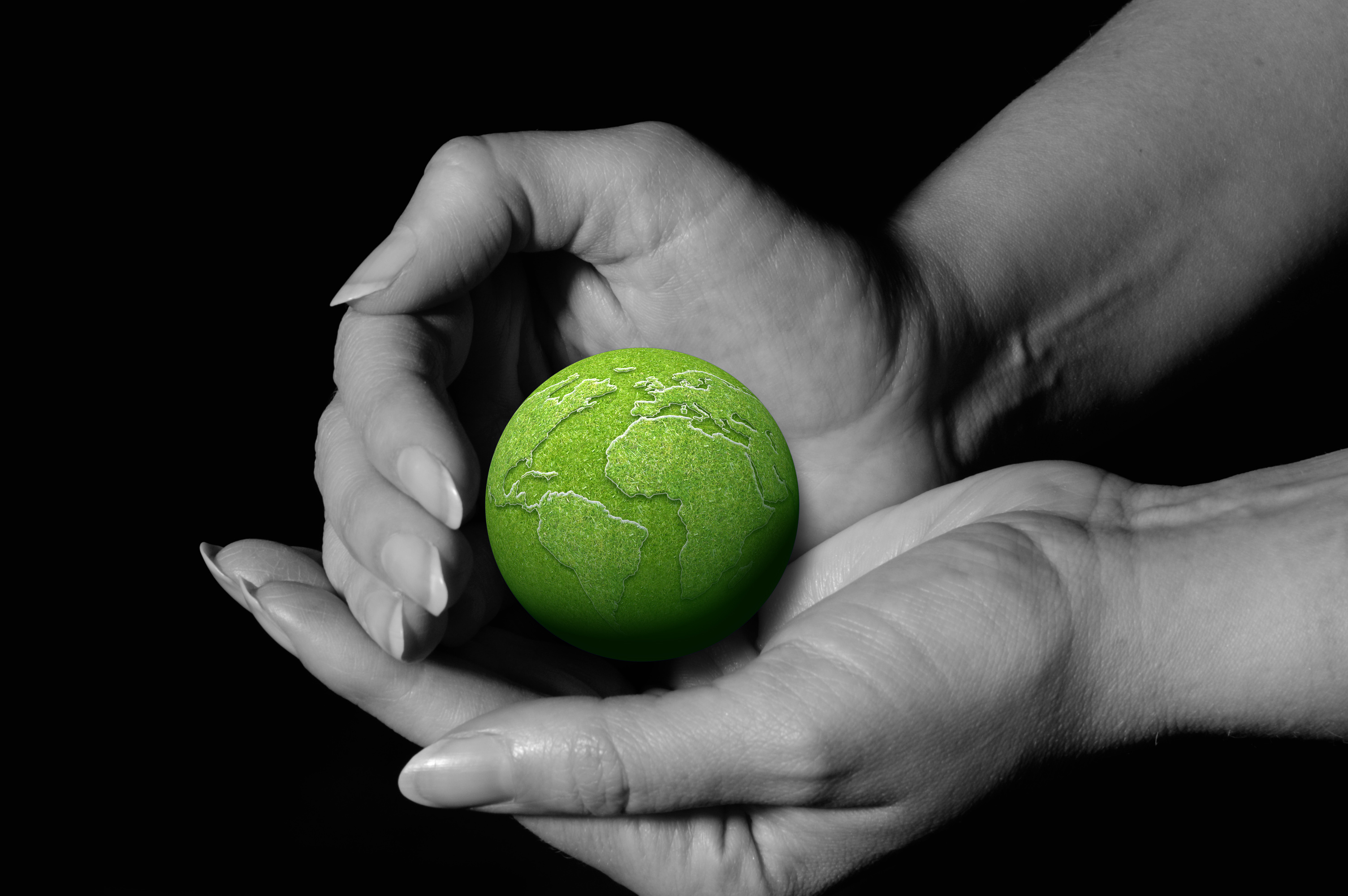An exorbitant amount of information came out of this year’s COP26 conference – but what does it actually mean for all of us? Some of that obviously remains to be seen but in the meantime let’s take a look at some of the key takeaways and how we can start to be part of the solution.
As expected, the COP26 climate conference affirmed the need to act “in this critical decade” to prevent the worst effects of climate change. And nearly 200 countries pledged to revisit and strengthen their climate commitments. Their pact recognizes the need for scaling up private investment to reach net-zero.
Some of the key provisions adopted at COP26 are below:
- Owners and managers of more than USD 130 trillion in capital pledged to put the global economy on a path to net-zero.
- Several leading scientific organizations committed to improve communication of climate risk.
- Twenty-three countries made new commitments to end the use of coal and to stop financing coal plants outside their borders.
- At least 42 countries agreed to work together to support the development of clean technologies. A coalition of at least 23 countries announced new innovation missions to speed the development of clean technologies.
- Developed countries affirmed their pledge of USD 100 billion a year for five years to help developing countries reach their climate targets.
- The IFRS Foundation announced the establishment of a new International Sustainability Standards Board (ISSB) to develop climate and sustainability disclosure standards that align with the Task Force on Climate-related Financial Disclosures.
- One-hundred five countries joined the Global Methane Pledge, a U.S./EU-led commitment to cut global methane emissions by at least 30% from 2020 levels by 2030.
- Forty-five countries pledged to step-up protection of nature and shift to more sustainable ways of farming.
- Leaders from the G20 agreed to phase out investments in offshore coal plants by the end of this year.
- Leaders pledged to assist communities on the frontlines of climate change impacts.
- Thirty-two countries agreed to make sales of all new cars and vans zero emission by 2040.
Yes, that is a lot, but only a sampling of the bigger picture. It is evident that the climate has been changing as disasters relating to weather have substantially increased, in both severity and frequency, over the last decades. The impact of these weather events has been seen across the globe and has hit countries and their people not only economically but they have resulted in substantial human loss.
With increasing global surface temperatures the possibility of more droughts (and wildfires) and increased frequency and intensity of storms (and catastrophic damage) will likely occur. As more water vapor is evaporated into the atmosphere it becomes fuel for more powerful storms to develop. More heat in the atmosphere and warmer ocean surface temperatures can lead to increased wind speeds in tropical storms. Rising sea levels expose higher locations not usually subjected to the power of the sea and to the erosive forces of waves and currents.
There is still so much to be learned and all of us will continue to do so. Weather Source is dedicated to being a major force in working with businesses to help mitigate climate and physical risk. In furtherance of these initiatives, we have already started the heavy-lifting on this issue by forming a Climate Risk Enterprise Solutions Group in tandem with our parent company Pelmorex/The Weather Network. By developing innovative and novel products such as our Extreme Weather Climatology datasets, we will provide the groundwork for understanding and quantifying weather phenomena and climate trends as well as support future planning regarding climate trends moving forward both now and many years into the future..
These crucial climate risk intelligence products and services will provide businesses with the necessary tools to help businesses navigate these uncharted waters and to make the changes they need to confidently and capitalize on new opportunities.



